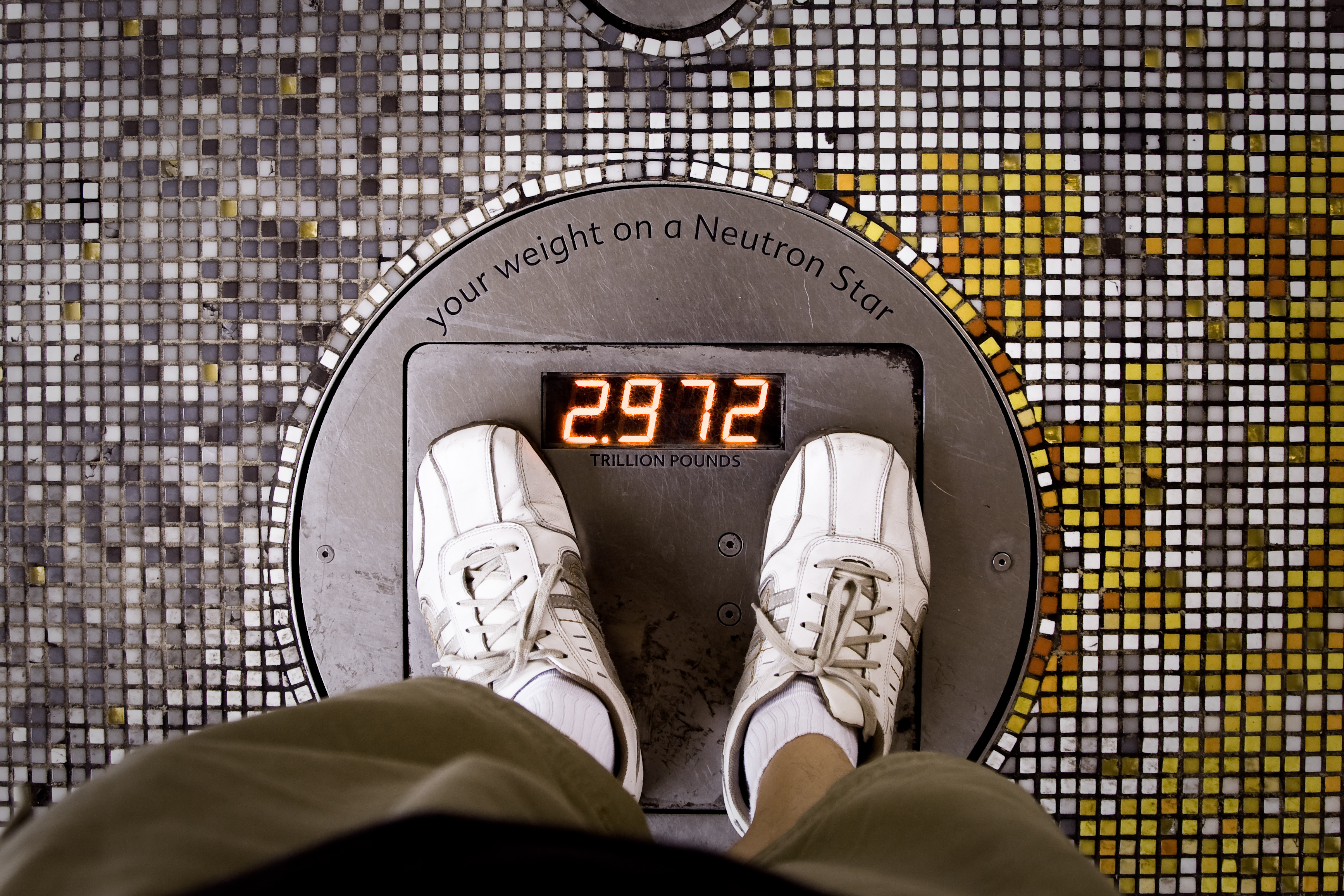
Weight loss is a popular subject, and thus there have been numerous suggestions on the “best” way to lose weight. Some are effective in the short term – yet prove unsustainable for the majority, whilst others are clever marketing tools – increasing demand for related products which the nutritional plans incorporate, such as slimming drinks. With advice pulling people in different directions, it may seem difficult to follow a plan which is deemed “best” for losing weight, yet common sense should prevail. “The best way to lose weight” – what should it involve from a personal perspective?
“The best way to lose weight” guidelines
Healthy – Diet and training plans should enhance health, not be counterproductive to health and well being.
Effective – It should result in notable weight loss
Sustainable – Yo-yo dieting is not effective for long term weight loss success, the plan should be suitable as a lifestyle change.
Not “over taxing” – The plan should be cost effective, and be implemented into a 9-5 working lifestyle.
Whilst many will follow the weekly gossip magazines for the latest “celeb diet”, a diet and training plan which follows the above guidelines is very easy to implement. The mindset of the person wishing to lose weight should be geared towards a long term approach to weight management, and not seek a rapid reduction in weight. Many diets will claim to cause10-20lb reductions in bodyweight within weeks, but when something sounds too good to be true, it normal is. A much more suitable approach would be to implement a plan which achieves a good steady reduction in body weight (say, 2lbs per week), which avoids the “rebound” effect which is common among other unsustainable methods.
Meal plan for weight loss
A diet does not need to be boring, nor contain foods which are unpleasant. A diet should be varied and include a wide spectrum of nutrients and minerals for optimal health and well being. A large reduction in calories in an attempt to starve oneself is not productive in the long run, nor healthy. That said, to achieve weight loss it is normally required for there to be a greater output in energy than that consumed, that is to say:
Weight loss = calories in < (less than) calories expelled
To achieve this, a calorie controlled diet should be implemented, whilst activity levels increased to expend a greater amount of calories.
A female diet for weight loss can be found on the Meal Plan Site, see “Meal Plan for Weight Loss”. There is also a male diet plan on the site. The plan should contain sample meals, in a suitable timeframe, which can be used when deciding on a personal choice. Remember, food choices should be enjoyable, so the diet remains sustainable and not a chore.
Exercise for weight loss
Expending calories can be achieved effectively by the use of cardiovascular exercise, such as swimming, jogging, cycling, and so forth. These exercises are very calorie taxing, and are the preferred choice of many who wish to achieve weight loss. But, to remain sustainable, an activity which is enjoyable to the trainer should be chosen. Running on a treadmill for sixty minutes, hating every second, is not the best way to go about exercising. Enjoy swimming? Great, it’s an effective cardiovascular exercise. Enjoy playing tennis with your friends? A forty five minute game will increase the heart rate and expend calories.
Resistance training is also an effective tool for managing weight, and improving body composition. Increased muscle mass heightens the metabolic rate, causing a greater amount of calories to be used at rest. A weight training session, and its recovery phrase, is comparable to that of a cardiovascular session in terms of calories expelled in total. Implementing some resistance training into a weight loss plan may prove effective at improving aesthetics, reducing body fat, and improving lean mass.